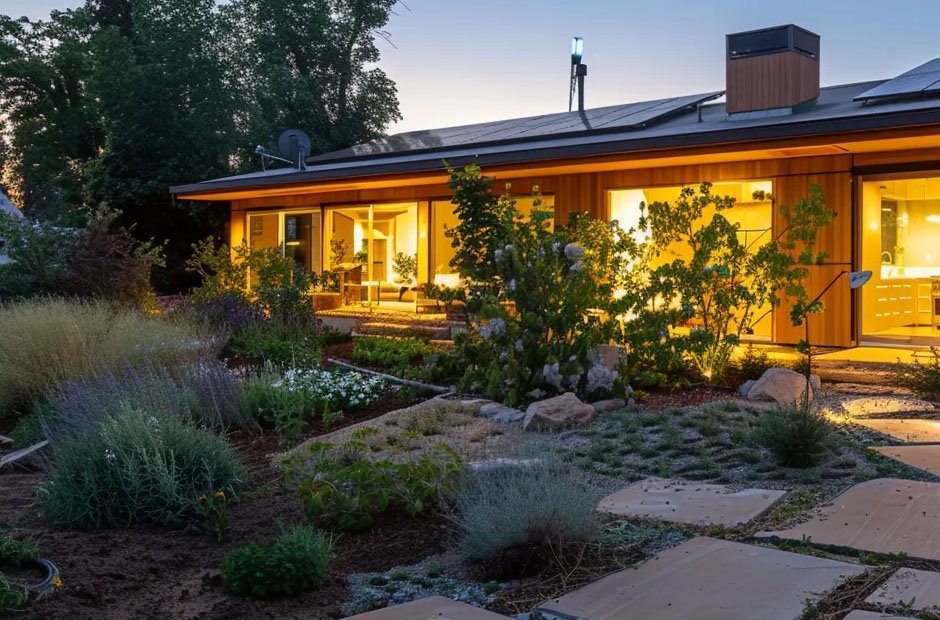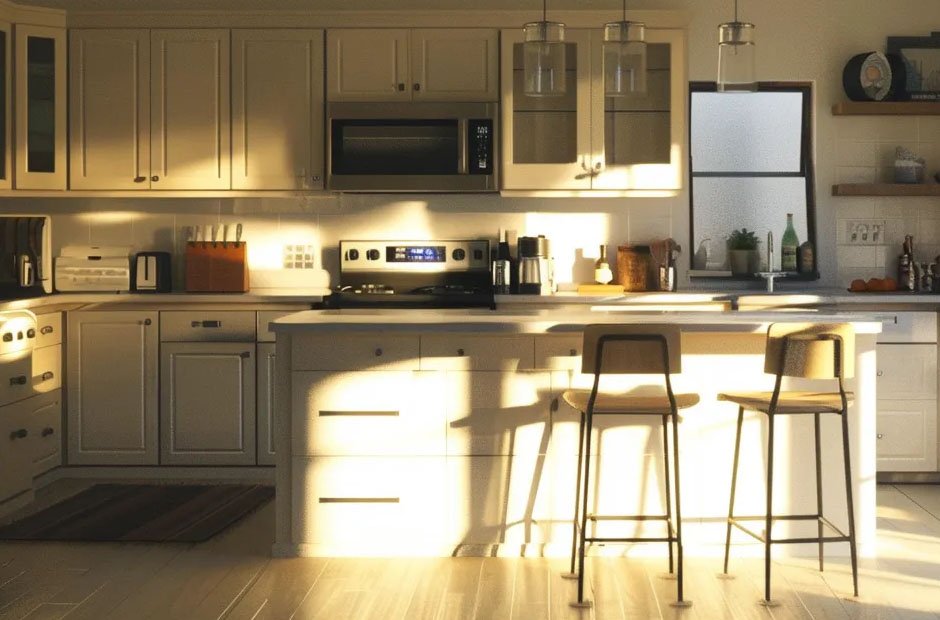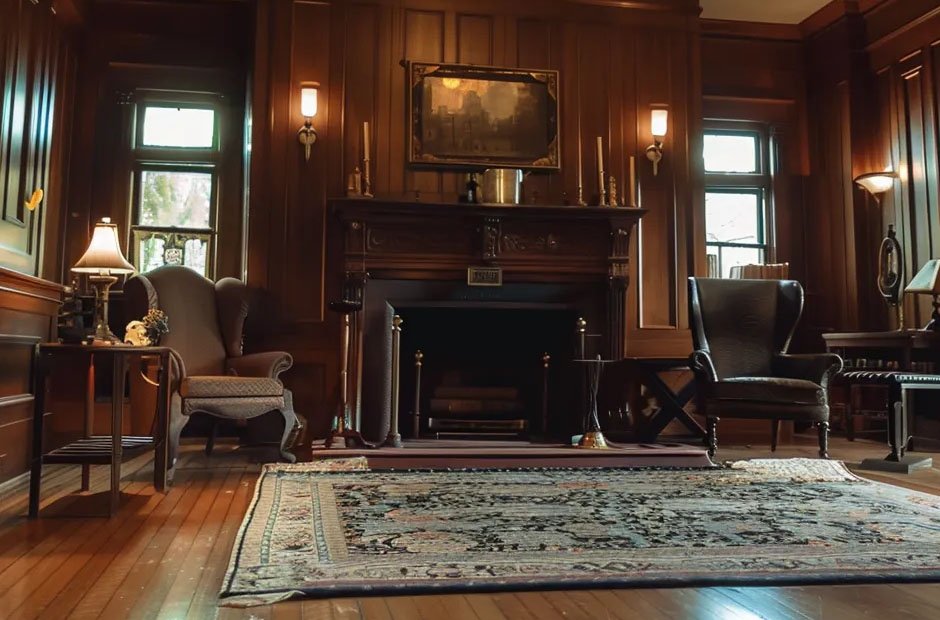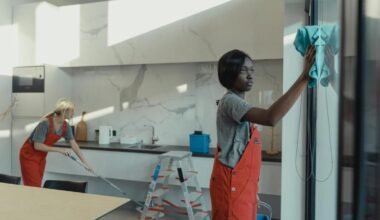The allure of renovating an old or abandoned home can be captivating. Full of history, such homes often hide untapped potential for stunning residential or commercial spaces. For those willing to tackle the challenge, transforming these neglected structures can result in a unique and rewarding endeavor. With careful planning and thoughtful investment, a dilapidated building can become a gem that stands out in the neighborhood. Below, we provide insightful tips to guide you through the rewarding process of breathing new life into old walls.
Navigating the Challenges: Safety and Structural Integrity Concerns
Safety should be the top priority when embarking on any renovation project, especially for old and abandoned homes. These structures may pose various hazards, from unstable flooring and ceilings to environmental toxins like lead paint or mold. Managing these risks begins with hiring the right professionals to ensure the home is safe for occupants and construction crews.
The structural integrity of the building is a critical concern. Before embarking on aesthetic changes, it’s vital to address any foundational or support issues. Bringing in structural engineers to assess load-bearing walls, joists, and beams can prevent future complications and ensure the longevity of the renovation.
An essential but often overlooked aspect is updating outdated systems, which is vital for safety and functionality. This includes electrical, plumbing, heating, and cooling systems. Upgrading these systems can be a significant undertaking, but necessary for making the space livable. Companies such as Atomatic Mechanical Services in Arlington Heights, IL, offer expert assistance for these critical updates.
Design Considerations for Modernizing Historic Properties
Renovating a historic home requires balancing respect for the past with the needs of modern living. One approach is to highlight original details like woodwork, fireplaces, and windows, which connect the property to its history. When modernizing, choose updates that complement these elements without overshadowing them. You can sell your junk cars to a recycling center to make space and fund your renovation.
Space planning in older homes often involves reimagining layouts that were designed for a different era. This could mean transforming small, disconnected rooms into open, functional spaces while preserving historical aspects. Unobtrusively incorporating modern technologies ensures the home keeps up with contemporary comforts without sacrificing its character.
Material selections also play a significant role in modernizing a historic property. It’s important to use materials that are in keeping with the era yet offer the benefits of modern durability and maintenance. For instance, using reclaimed wood for flooring can maintain a historical feel while providing the reliability expected in current homes.
Eco-Friendly Renovation: Incorporating Sustainable Practices

Renovating old and abandoned homes presents a unique opportunity to integrate sustainability into the building’s fabric. Eco-friendly practices can significantly reduce the environmental footprint of a renovation project. When planning, prioritize the use of recycled or natural materials, and consider salvaging original elements whenever possible.
Energy efficiency is another critical aspect of sustainable renovations. Adding insulation, high-efficiency heating and cooling systems, and energy-star-rated appliances can drastically lower the property’s long-term energy consumption. Additionally, installing low-flow fixtures in bathrooms and kitchens helps conserve water and reduce utility bills.
Landscaping can also improve a property’s sustainability. Incorporating native plants reduces water usage and supports local ecosystems. Rain gardens and permeable paving materials can help manage stormwater runoff, preventing potential damage to the property and surrounding area.
Maximizing Return on Investment With Strategic Renovations

Investing in the renovation of an old or abandoned home can yield significant returns if approached strategically. Key improvements that add the most value include kitchen and bathroom updates, adding square footage, and enhancing curb appeal. These are often the first areas potential buyers or renters assess, and they can dramatically increase a property’s marketability.
Efficient project management is vital to maximizing return on investment. This means scheduling tasks in a logical order to prevent rework and choosing renovations that will stand the test of time both in durability and design. Consider consulting experts who can help you make smart investment decisions for your specific market.
Overall, the renovation of old and abandoned homes requires more than just vision and enthusiasm. It demands careful planning, respect for the building’s history, an understanding of modern demands, and a commitment to sustainability. Whether you’re seeking to create a dream home or invest wisely in a property, thoughtful renovations can ensure old homes not only come back to life but thrive in today’s world.



